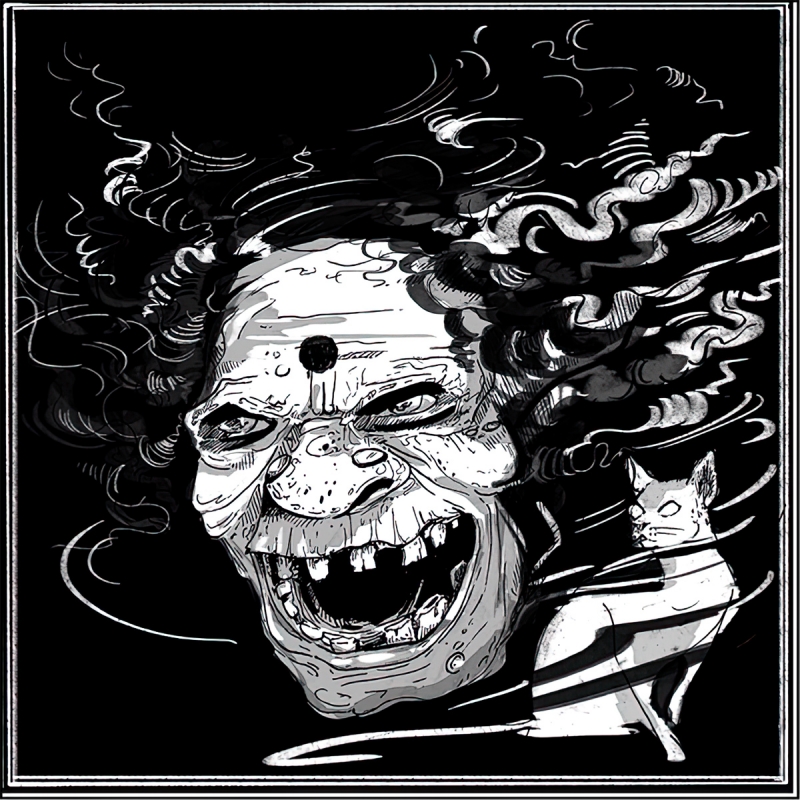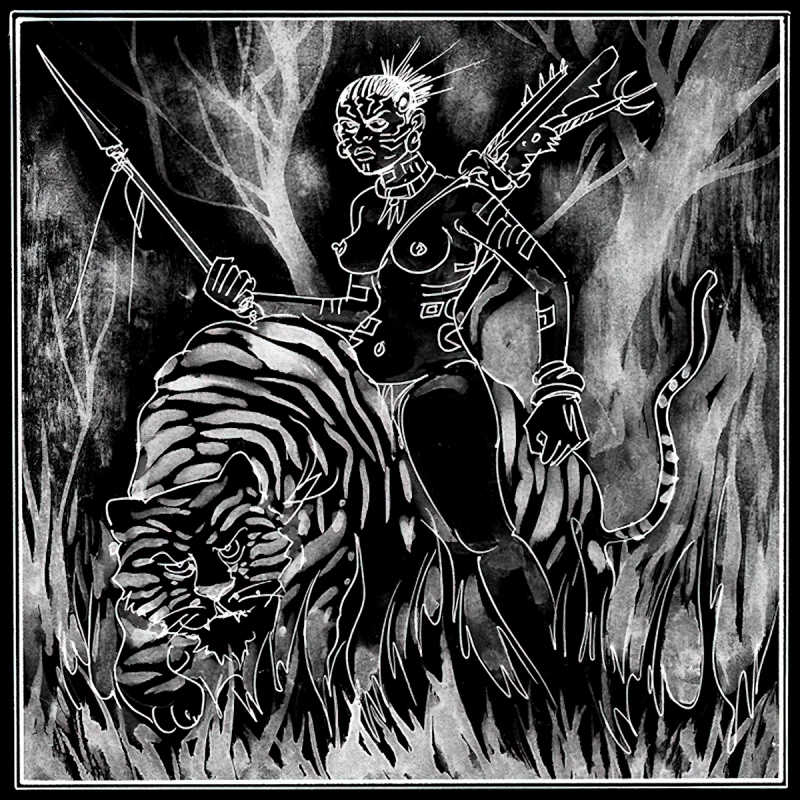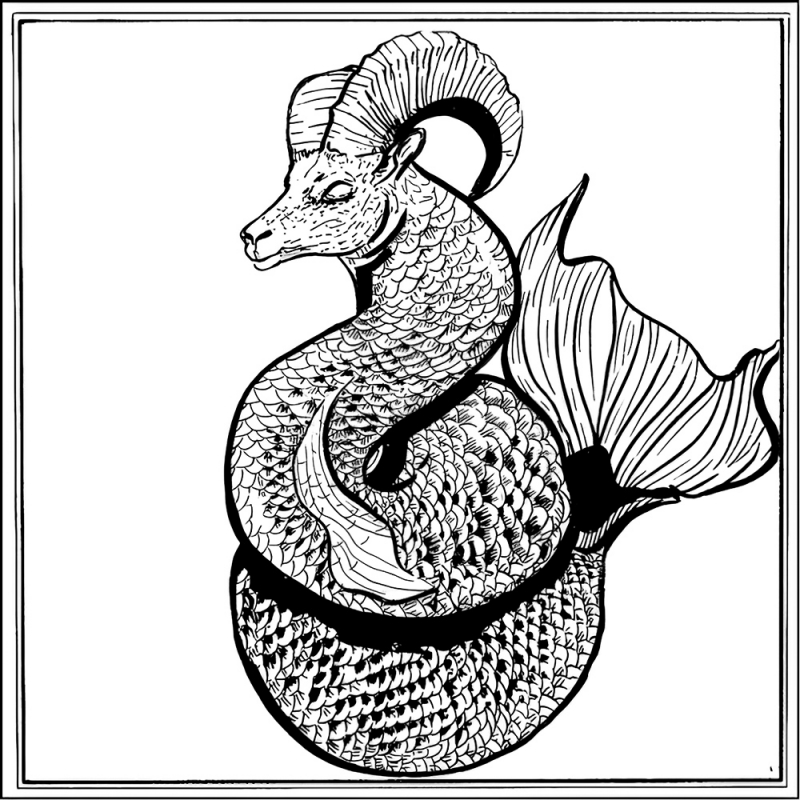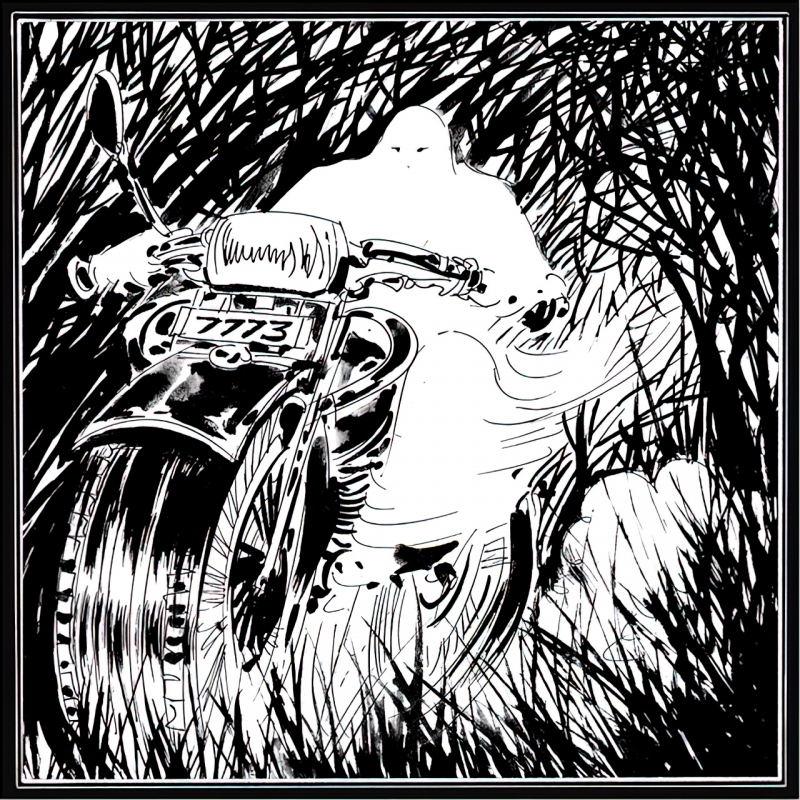Первый закон зомби-апокалипсиса: будь человеком, Странник, и к тебе потянутся!
Bestiary.us
энциклопедия вымышленных существБыстрый переход
- Мир Гарри Поттера Вымышленный мир, в котором происходит действие серии романов о юном волшебнике Гарри Поттере. Действие происходит в нашем мире, в Англии, в 1990-х годах. В отличие от реального мира, среди обычных людей (маглов) живут волшебники (маги), обладающие способностью к использованию магии.
- Мифы Ктулху «Мифами Ктулху» обычно называют мифологию, созданную Говардом Филлипсом Лавкрафтом, а также произведения других авторов по мотивам его работ, выдержанные в его особом стиле.
- Портал им.Киплинга Собрание сказок, поэтически объясняющих происхождение той или иной особенности животных, например "откуда у верблюда горб", "почему у слона длинный хобот", или "с чего б это вдруг кошки и собаки не ладят".



